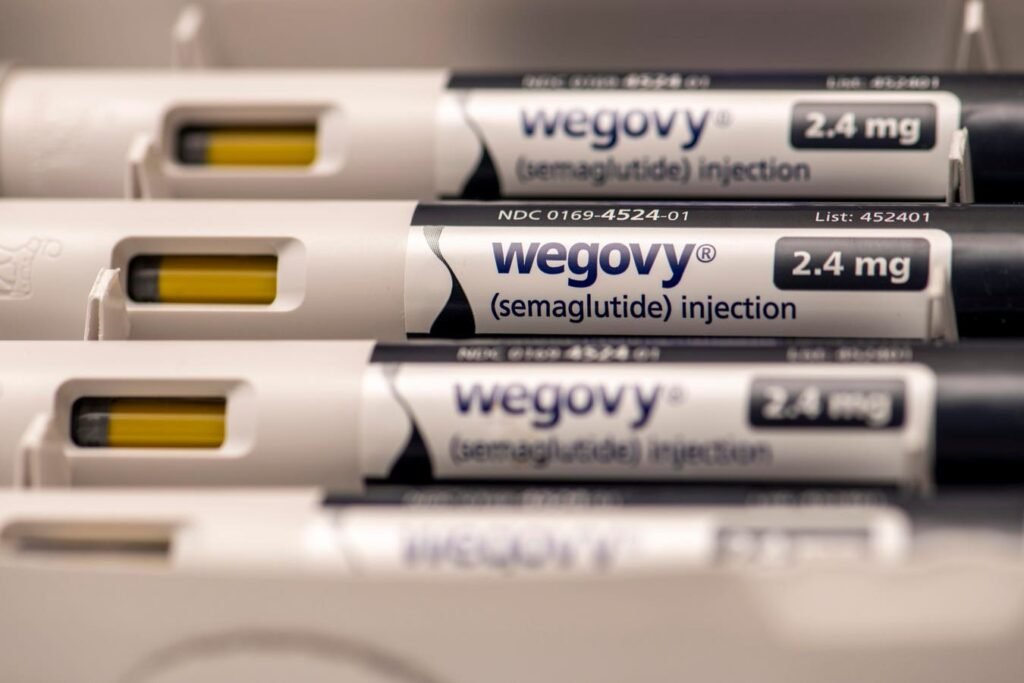Weight loss drugs have become a hot topic in the pharmaceutical industry, with potential to impact various sectors of the economy. Big pharma has been focusing on producing medications to combat the global obesity epidemic since 2005, with promising growth projections and surges in stock prices of key players like Novo Nordisk and Eli Lilly. These medications, known as GLP-1 receptor agonists, contain semaglutide which mimics the GLP-1 hormone involved in appetite regulation. The most effective drugs, such as Mounjaro and Zepbound, target additional receptors beyond GLP-1, offering weight loss benefits along with improved blood sugar control and cardiovascular benefits.
The global obesity epidemic has created a substantial market for weight loss drugs, fueled by the increasing prevalence of obesity-related conditions such as diabetes and cardiovascular diseases. Market analysts predict significant growth in the weight loss drug market, with annual sales forecasted to reach $150 billion by 2033. The challenge of balancing demand and supply is a key consideration for big pharma, with off-label prescriptions potentially decreasing availability for those in need. Efforts are underway to increase production and introduce new alternatives to meet the growing demand for these medications.
The healthcare industry is adapting to the increasing demand for weight loss medications, with potential cost savings related to managing chronic diseases like cardiovascular diseases and certain cancers. This shift towards a lighter population could impact top line revenues and bottom-line earnings for hospitals and clinical services. Health insurers may also benefit from reduced obesity-related claims in the long run, but there are challenges in determining coverage for these medications and differentiating between their use for diabetes or weight loss.
Consumers using weight loss medications are likely to alter their spending habits, creating opportunities for companies in the food & beverage industry to capitalize on new cravings for healthier, low-calorie options. Additionally, the impact of GLP-1s on reducing cravings may extend beyond food to alcohol, nicotine, and other substances. Studies show that these medications may have broader effects on reducing cravings, potentially driving consumer behavior towards healthier choices overall.
The question of whether weight loss treatments using GLP-1s are a permanent solution or just a fad remains unanswered. Some patients may discontinue treatment due to side effects or routine demands, raising concerns for drug manufacturers. The potential impact of ceasing medication on consumer spending habits is also uncertain. Despite the historical tendency for weight loss regimens to be temporary fads, the introduction of these medications may lead to more lasting changes in consumer behavior.
Overall, weight loss drugs are expected to have a significant impact across sectors, reshaping profit growth and spending habits. Investors are presented with both opportunities and risks in this rapidly evolving landscape, with companies across industries needing to adapt and seize growth opportunities. From insurers and staples brands to drug manufacturers, all sectors are facing changes that will shape the future of the weight loss medication market.

